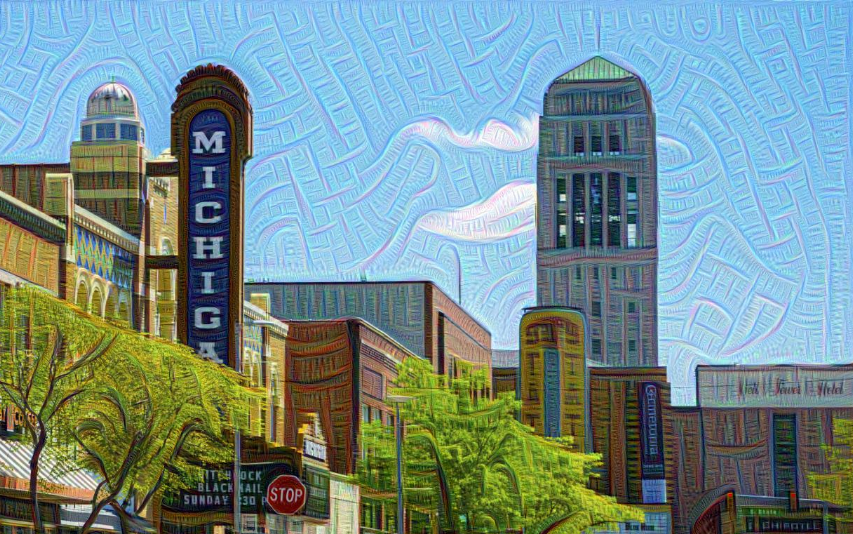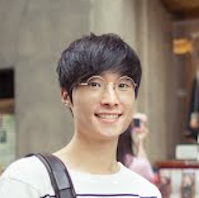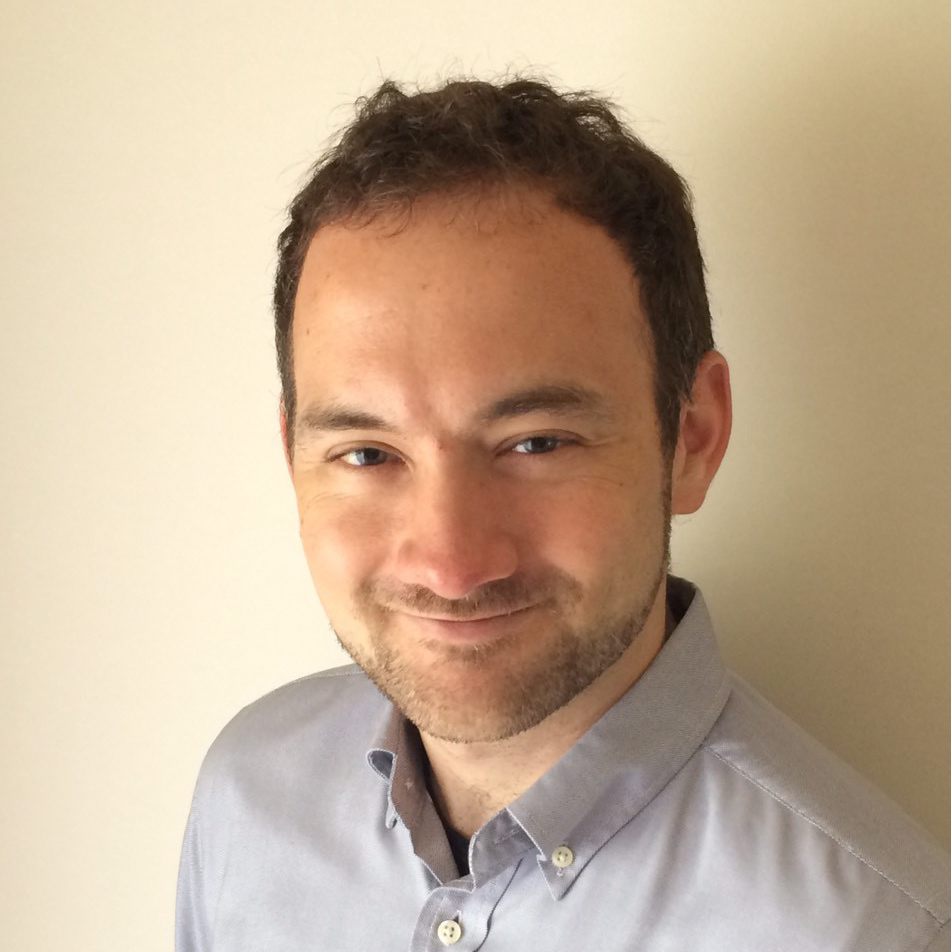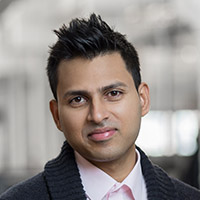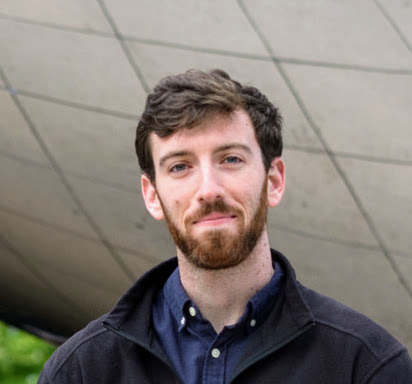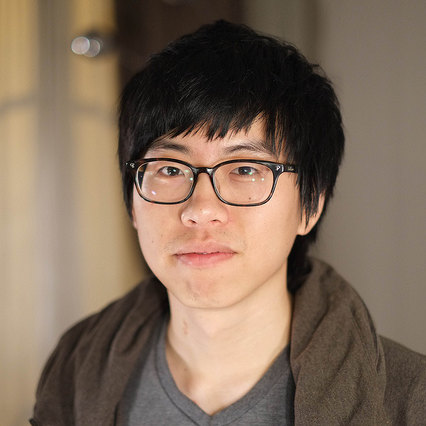10:30-11:30
Task Generalization and Planning with Deep Reinforcement Learning
Junhyuk Oh
, University of Michigan
Junhyuk Oh is a PhD candidate at University of Michigan, advised by Professor Honglak Lee and Professor Satinder Singh. His research focuses on deep reinforcement learning problems such as action-conditional prediction, dealing with partial observability, generalization, and planning. His work was featured at MIT Technology Review and Daily Mail. He also interned at DeepMind and Microsoft Research.
Abstract: The ability to generalize over new tasks is an important research direction in order to build scalable reinforcement learning agents. In the first part of this talk, I will discuss how to easily train an agent to generalize to previously unseen tasks in a zero-shot fashion. In the second part of the talk, I will discuss how to build a model of the environment only in terms of rewards and values without needing to predict observations. I will describe how to use such a model to do look-ahead planning and show the advantage of our approach compared to conventional model-based reinforcement learning approaches.
11:30-12:30
Keynote:
What Can Neural Networks Teach us about Language?
Graham Neubig
, Carnegie Mellon University
Graham Neubig is an assistant professor at the Language Technologies
Intitute of Carnegie Mellon University. His work focuses on natural
language processing, specifically multi-lingual models that work in
many different languages, and natural language interfaces that allow
humans to communicate with computers in their own language. Much of
this work relies on machine learning to create these systems from
data, and he is also active in developing methods and algorithms for
machine learning over natural language data. He publishes regularly in
the top venues in natural language processing, machine learning, and
speech, and his work occasionally wins awards such as best papers at
EMNLP, EACL, and WNMT. He is also active in developing open-source
software, and is the main developer of the DyNet neural network
toolkit.
Abstract: Neural networks have led to large improvements in the accuracy of
natural language processing systems. These have mainly been based on
supervised learning: we create linguistic annotations for a large
amount of training data, and train networks to faithfully reproduce
these annotations. But what if we didn't tell the neural net about
explicitly, but instead *asked it what it thought* about language
without injecting our prior biases? Would the neural network be able
to learn from large amounts of data and confirm or discredit our
existing linguistic hypotheses? Would we be able to learn linguistic
information from lower-resourced languages where this information has
not been annotated? In this talk I will discuss methods for
unsupervised learning of linguistic information using neural networks
that attempt to answer these questions. I will also explain briefly
about automatic mini-batching, a computational method (implemented in
the DyNet neural network toolkit), which greatly speeds large-scale
experiments with complicated network structures needed for this type
of unsupervised learning.
12:30-1:30
Lunch (pizza provided)
1:30-2:30
Keynote:
An overview of Deep Learning Frameworks and an introduction to PyTorch
Soumith Chintala is a Researcher at Facebook AI Research, where he works on deep learning, reinforcement learning, generative image models, agents for video games and large-scale high-performance deep learning. Prior to joining Facebook in August 2014, he worked at MuseAmi, where he built deep learning models for music and vision targeted at mobile devices. He holds a Masters in CS from NYU, and spent time in Yann LeCun’s NYU lab building deep learning models for pedestrian detection, natural image OCR, depth-images among others.
Abstract: In this talk, you will get an exposure to the various types of deep learning frameworks – declarative and imperative frameworks such as TensorFlow and PyTorch. After a broad overview of frameworks, you will be introduced to the PyTorch framework in more detail. We will discuss your perspective as a researcher and a user, formalizing the needs of research workflows (covering data pre-processing and loading, model building, etc.). Then, we shall see how the different features of PyTorch map to helping you with these workflows.
2:30-3:30
Deep Learning without Deep Pockets
Guido is a principal research scientist at the MITRE Corporation, a not-for-profit R&D center, where he studies applications of artificial intelligence, deep learning, and natural language processing to solve problems in the public interest. His research interests include transfer learning in neural networks, machine creativity, and neuromorphic computation. Applications of his work have included methods for automated understanding and summarization of social media texts, detection of bot networks and information campaigns online, and machine learning tools for extracting useful insights from diverse data such as recordings of brain activity, student essays, and child-directed speech.
Abstract: Neural networks are powerful function approximators but the training of state-of-the-art systems can require significant investments in hardware and data labeling. What can you do when you're short on money or time? Today's talk will discuss feature learning and transfer learning techniques to help train effective networks that solve problems ranging from natural language understanding to interpretation of brain activity.
4:00-5:00
Beyond Objects: Image Understanding as Pixels to Graphs
Alejandro is at the University of Michigan doing research in computer vision under the supervision of Jia Deng. His research interests include scene understanding and human pose estimation.
Abstract: Tremendous progress has been made teaching computer vision systems to pick out the objects in an image. Each year, these systems can more reliably classify objects and better pinpoint their location in a scene. But a collection of objects is not enough. For full scene understanding, we must understand the connections and relationships between them. Graphs are an effective way of representing these connections, but are difficult to express given standard approaches for training deep convolutional networks. In this presentation, I will discuss how to supervise a network to predict graphs. I will go over the details of our approach including its application to relationship detection and advantages over existing methods.
5:00-6:00
Toward weaker supervision for semantic segmentation based on deep convolutional neural network
Seunghoon Hong is a postdoctoral fellow at the EECS department, University of Michigan. He is currently working with Prof. Honglak Lee on topics related to deep learning and its application to computer vision. His research focuses on learning complex visual recognition tasks with minimum human supervision and improving interpretability of deep neural networks. He received the B.S. and Ph.D. degree from the Department of Computer Science and Engineering at POSTECH, Pohang, Korea in 2011 and 2017, respectively. He is a recipient of the Microsoft Research Asia Fellowship.
Abstract: Semantic segmentation is one of fundamental computer vision problem that aims to assign dense semantic labels to every pixel in the image. Although recent approaches based on Deep Convolutional Neural Network (DCNN) have achieved substantial improvement over traditional methods, training DCNN requires a large number of fine-quality segmentation annotations, which makes them difficult to scale up to various semantic categories. In this talk, I will present a series of our research on semantic segmentation that can leverage much weaker annotations for training. In the first part of the talk, I'll briefly introduce a semi-supervised approach for semantic segmentation, which aims to train a model with a small number of pixel-wise class labels and a large number of image-level class labels. In the second part of the talk, I'll introduce two variants of weakly-supervised semantic segmentation algorithms, and discuss how we train a model for semantic segmentation with only image-level class labels.
